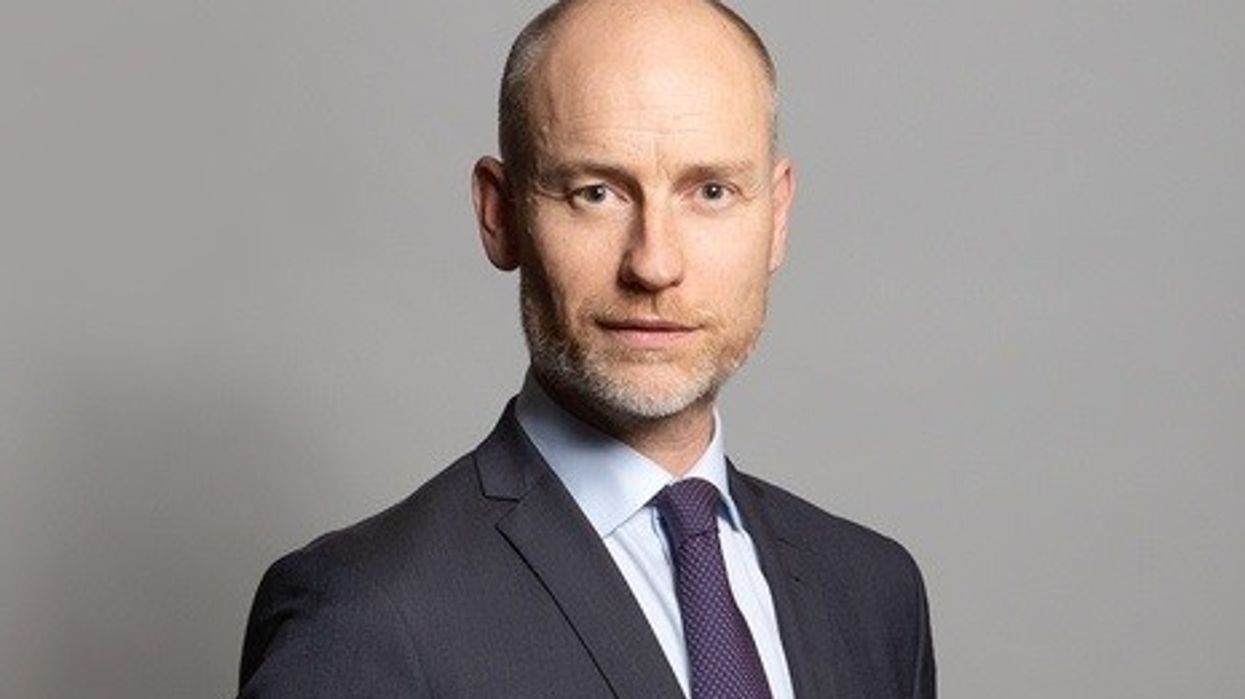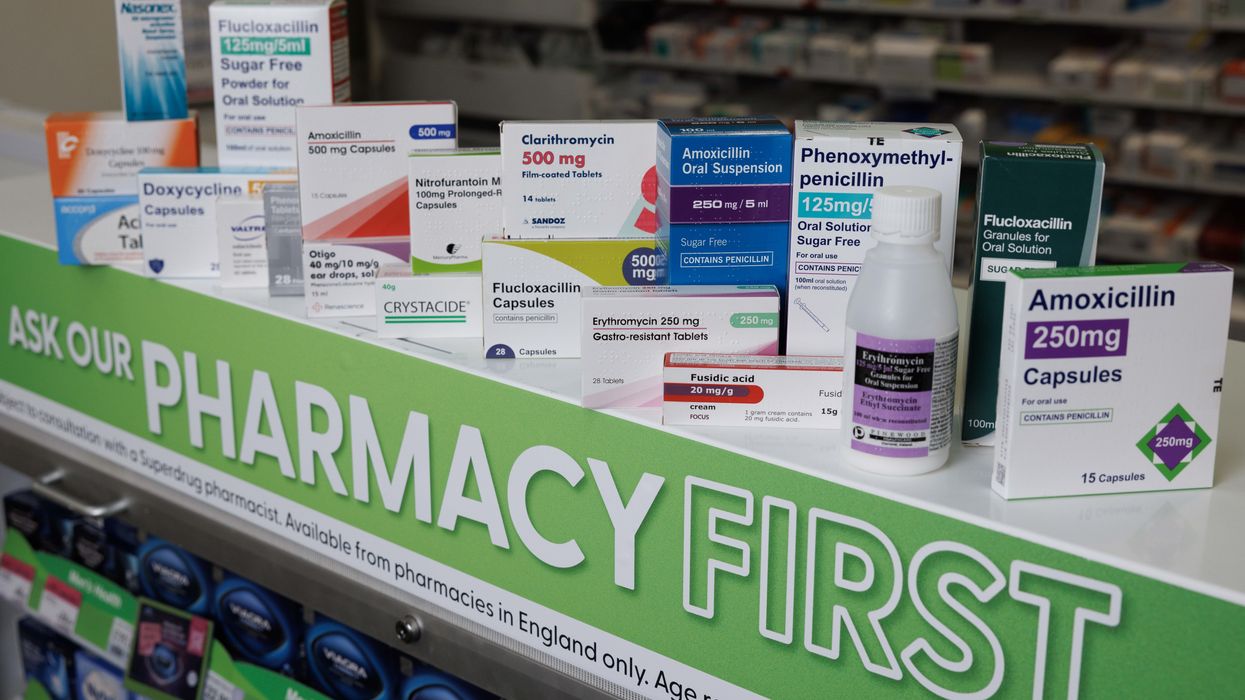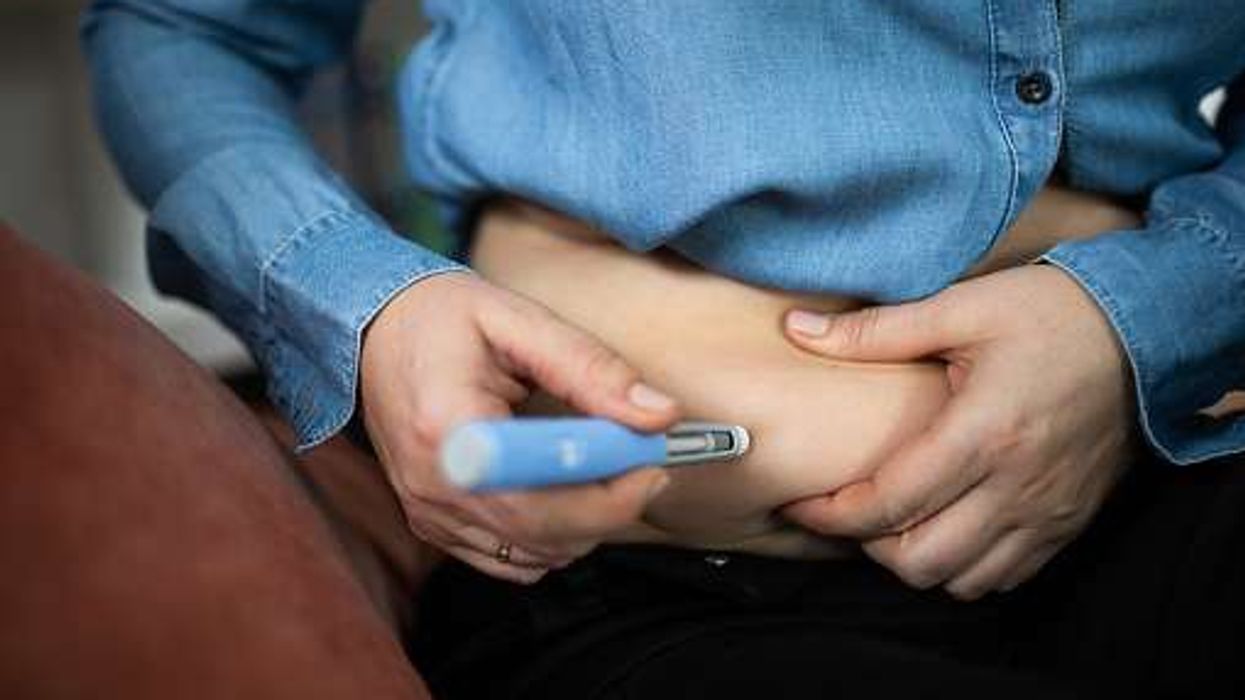Negotiations on the Community Pharmacy Contractual Framework (CPCF) for 2024/25 are expected to resume soon
Stephen Kinnock, Minister of State at the Department of Health and Social Care (DHSC), discussed all primary care contracts, including those related to community pharmacy, during his meeting with Community Pharmacy England (CPE) Chief Executive and two members from the Negotiating Team.
The pharmacy minister reiterated that community pharmacies will be central to the new government’s health and wider missions.
CPE Chief Executive Janet Morrison and her team updated Kinnock on the community pharmacy sector, highlighting the pressures throughout the summer.
They underscored the critical challenges facing the sector and the urgent need for a funding lift.
They also discussed Pharmacy First and emphasised the broader potential for pharmacies to further support the health of their local communities.
Janet said: “Community pharmacy has much potential to help the new government to meet its ambitions for healthcare including expanding preventative services and reducing health inequalities, but pharmacies can only do this if they can afford to stay open and to develop their services.”
“We look forward to maintaining regular dialogue with Minister Kinnock as we work to try to improve both the short and long-term outlook for community pharmacies.”
Community Pharmacy England announced that negotiations on the Community Pharmacy Contractual Framework (CPCF) for 2024/25 are expected to resume soon, and they will provide further updates as soon as possible.
A major ongoing concern for pharmacy owners is meeting the Pharmacy First monthly payment thresholds, which will require 20 clinical pathway consultations starting in September.
Janet previously stated that community pharmacies cannot afford to lose out on this vital payment amidst a funding crisis and urged Ministers to take further action to support the sector.
She stressed the importance of more effective advertising to ensure that GPs refer as many patients as possible.
“It is our strongly held view that community pharmacy has carried out its side of the bargain in launching the Pharmacy First service, but NHS England needs to match that commitment through more effective advertising and ensuring that GPs refer as many patients as possible,” Janet said.
The CPE’s Pharmacy Pressures Survey 2024 report, released last month, warned that severe financial pressures are putting community pharmacies at risk of closure, threatening patient care and access to services across England.
The report revealed that nearly a sixth of pharmacies could close within a year.













